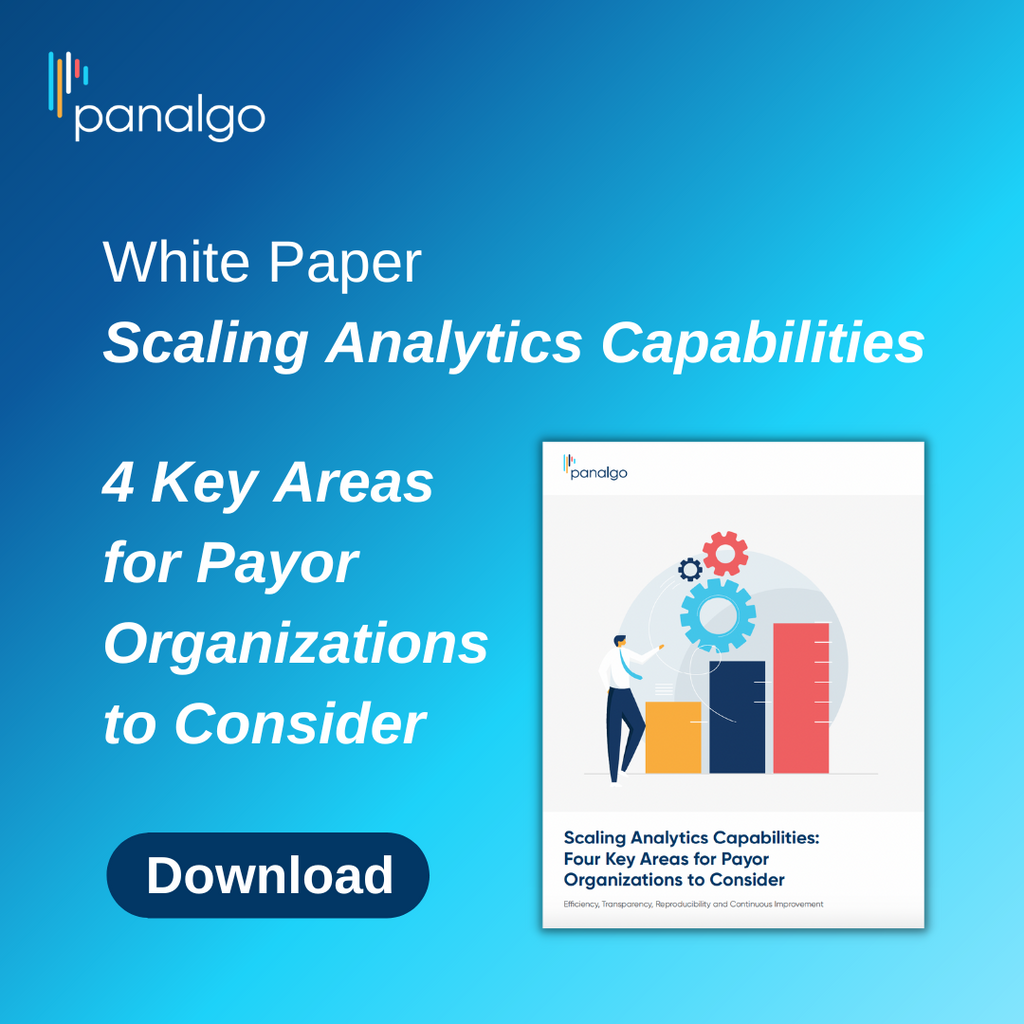Pharma Can Take Steps to Manage Challenges in Showing Value
-
Jun 05, 2025
Pharma manufacturers are facing both internal and external pressures when it comes to demonstrating value and securing reimbursement. Many are restructuring their health economics and outcomes research (HEOR) teams within organizations while at the same time grappling with industry pressures such as the Inflation Reduction Act (IRA) and state prescription drug affordability boards (PDABs). AIS Health, a division of MMIT, spoke with Avalere Health Advisory’s Taylor Schwartz, a managing director, and Amy Schroeder, R.Ph., a principal research scientist, about how companies are successfully managing these pressures. (Editor’s note: These comments have been edited for length and clarity.)
AIS Health: What structural changes can pharma companies make to ensure their HEOR teams are best positioned to support access and reimbursement?
Schwartz: Typically, these goals would result in an HEOR team sitting directly under commercial. A top-down commercial approach to HEOR will ensure an integrated evidence plan has key access-oriented goals in mind. Colleagues in market access and in the field will be able to relay questions from payers and barriers to access for the HEOR team to answer through thoughtful evidence generation. Aligning these two teams under one vertical at a manufacturer creates a direct feedback loop for this sort of collaboration to occur naturally. That doesn’t mean it can’t happen if HEOR sits in another part of the organization, but it does help facilitate it.
Schroeder: To add to Taylor’s comments, from the market access perspective, payer and provider account teams close the feedback loop back to HEOR and medical affairs if the evidence that has been generated resonates with key decisions made by payers, providers and patients. Does the evidence represent real patients who will be using the product? Are there questions that can be answered if the data is presented in a different way? When HEOR and field teams engage directly, HEOR teams can determine if payers and providers may benefit from education on the data available, if the data needs to be presented in a different way or if new data needs to be generated for certain situations or patient populations. This allows HEOR to generate evidence that more closely matches what payers need to make coverage decisions and what providers need when discussing options with patients.
AIS Health: How are pharma companies adjusting their evidence-generation strategies in response to new regulatory and reimbursement pressures, such as the IRA and state PDABs?
Schwartz: The current policy landscape in the U.S., inclusive of the IRA and state PDABs, is certainly shifting the paradigm for evidence generation. For instance, the IRA requires a large evidence submission by manufacturers called the Information Collection Request (ICR). Contained within this submission are a number of key evidence points that are intended to help demonstrate the scope of utilization and value of the product. For instance, manufacturers must provide disease prevalence, treatment utilization estimates, real-world comparative effectiveness evidence, etc. Real-world evidence (RWE) is especially important as the market dynamics at the time of negotiation typically won’t reflect the market many years prior at launch. RCTs [randomized controlled trials] are unlikely to feature the head-to-head comparisons to therapeutic alternatives considered as part of drug negotiation.
Thus, manufacturers must make investment decisions on the relative importance of additional evidence generation to support the value of a product that late in the life cycle. These decisions can be driven by cost, data access, expected results based on the relative clinical profiles, pipeline and other market dynamics, the manufacturer’s willingness to invest, etc. Previously, HEOR evidence generation was primarily focused on supporting launch, as well as carving out and maintaining market share with RWE once the product had been on market, but now there are evidence needs that exist much later in the product life cycle. State PDABs vary in their requirements, and not all states clearly articulate the key evidence points considered, but treatment utilization estimates at the state level, comparative effectiveness and health economic data may be considered in the various processes.
Schroeder: Therapeutic alternatives in some comparative models are broader than what we think of clinically, where our thoughts go to what competes in the patient population [plus or minus] the same or similar mechanism of action. Because of this, financial models are looking for data that are not readily available in a nice package. For IRA and the like, HEOR teams need to think of how CMS is going to look at evidence more broadly and the products with which they compare. This is difficult when much of the evidence available is from clinical trials that do not compare all therapeutic alternatives. So, what can HEOR teams do? Think about publishing RWE from the retrospective use of their products in comparison to broader alternatives — a way to be proactive not just reactive.
AIS Health: Can you share examples of pharmaceutical launches that benefited from strong early market access planning? What lessons can be learned from launches that faced challenges?
Schroeder: Cannot share names, but the ones where we are engaged during trials, we can help with evidence design and tailoring to messages for decision makers, and we can support getting that information in the right hands to support access. When we are engaged later and/or after launch, we are in a more reactive role to what has already been generated, and it can also be more expensive to work that way.
AIS Health: What key trends are shaping the future of HEOR and market access, and how should pharma companies prepare for the next wave of payer expectations?
Schwartz: IRA and other policy pressures in the U.S. are certainly causing a major shift in evidence generation needs to support commercialization. Outside of that, we see a few key trends, including:
- Using RWE to drive commercial business success: HEOR can no longer exist in a vacuum, and publishing a study and letting it sit on the shelf is not going to move the needle commercially. Instead, HEOR needs to directly align with the key business objectives of an organization, commercial strategy and the needs of key health care decision makers.
- Building a patient-centric value story: The fact that patient-centered care is high-quality care is much better understood today than previously. Although payers may be reluctant to consider patient-centered research and data on PROs [patient-reported outcomes] in their decision making, the needs of the patient must be a north star for companies and their commercial access strategy. Manufacturers are seeking ways to better incorporate these types of evidence into health care decision making and value frameworks.
- Amplifying and scaling data value: The RWD [real-world data] landscape is bustling today with many data vendors offering many different types of data. Manufacturers have to ensure that their data licensing aligns with the needs of their portfolio. This may necessitate various data sources, including structured and unstructured data sets and novel data linkages (e.g., claims and lab data or claims and EMR [electronic medical record] data) that will allow for impactful evidence generation.
- Optimizing patient population targeting: As there is a shift towards precision medicine, we are seeing the importance of understanding patient populations that will best respond to treatment, have high unmet need or are hard to reach. Payers want to understand patient heterogeneity to better manage their member populations. Health equity issues and social determinants of health may drive barriers to access or long-term patient outcomes. Treatment response or efficacy may be highest in certain sub-groups. Manufacturers are realizing that getting the right treatment to the right patient at the right time is key, and evidence generation planning is certainly shifting to address this.
Schroeder: Payers are looking for value in cures and long-term stable disease. It will be more challenging for therapies that do not control disease on their own or that do not provide long-term quality outcomes, to continue with high prices. When we look at diseases like cancer, combining therapies that have additive effects early is important when the patient’s performance status is healthier and there is more potential for cure, remission or long-term disease stabilization.
AIS Health: If you could recommend one major shift in how pharma approaches market access strategy today, what would it be?
Schroeder: Compare your product in clinical trials to the standard of care, and support publication of RWE of patients taking your product.
© 2025 MMIT











